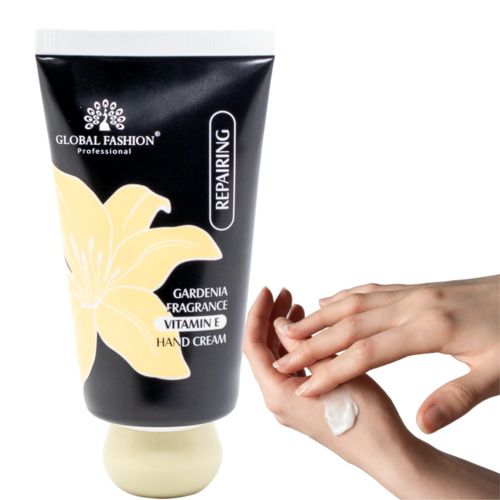Cracks and dryness on the hands can be not only irritating but also extremely uncomfortable. However, if the skin starts to peel actively, this is already a sign of more serious issues. And the cause is not always just a lack of moisture. Often, peeling is related to lifestyle, environmental factors, or even certain conditions in the body.
The good news is that this problem can be managed. In our article, we explain why skin peeling occurs, how to prevent it, and which steps can help quickly relieve the unpleasant symptoms.
Why does the skin on the hands peel?
In most cases, skin peeling is associated with three main factors: a lack of moisture, an excess of moisture, or the presence of a dermatological condition.
Dryness
If the skin barrier is compromised, moisture easily escapes, and irritating substances penetrate the skin, causing redness, irritation, cracks, and peeling. Cold and dry air also weakens the skin's protective function, as does excessive hand washing. After COVID, one of the most common causes of skin peeling has been frequent use of water and hand sanitizers. Harsh components in antibacterial products and the regular removal of natural oils can lead to cracks and dry skin.
Dryness
If the skin barrier is compromised, moisture easily escapes, and irritating substances penetrate the skin, causing redness, irritation, cracks, and peeling. Cold and dry air also weakens the skin's protective function, as does excessive hand washing. After COVID, one of the most common causes of skin peeling has been frequent use of water and hand sanitizers. Harsh components in antibacterial products and the regular removal of natural oils can lead to cracks and dry skin.
Excess Moisture
Too much moisture — specifically, sweat — can also cause skin peeling, especially on the palms. Hands sweat, which can lead to maceration. Maceration is the softening and breakdown of the skin due to prolonged exposure to moisture, which can eventually cause peeling.
The palms have a higher density of sweat glands compared to other areas of the body, so excessive sweating occurs here particularly often. Additionally, there is a condition known as keratolytic exfoliative dermatitis. In this condition, the palms (and sometimes the soles) peel in circular patterns of thin skin. This condition can be worsened by soap, various irritants, and increased sweating, so its symptoms often become more pronounced in the summer.
Skin Conditions
Eczema and psoriasis can also cause skin peeling on the hands. Both of these inflammatory conditions present with dryness, flaking, and skin damage — all of which indicate a compromised skin barrier. Furthermore, peeling can be related to fungal infections. Since we often use our hands when putting on shoes, there is a possibility of transferring fungus from the feet to the hands — a phenomenon known as “two feet, one hand syndrome.”
How to prevent peeling skin on hands
Our hands are constantly exposed to the environment, so anything that helps protect them from cold air, harsh chemicals, and other irritating factors is extremely beneficial. Wear gloves in winter, as well as when cleaning the house or washing dishes, and opt for a gentle moisturizing hand soap.
The most important thing is regular hydration. Apply hand cream several times a day, and at night, try wearing cotton gloves so that the nutrients from the cream are better absorbed. You’ll wake up with incredibly soft and smooth hands. The best choice is a cream with ceramides, which strengthen the skin barrier and support overall skin health.
We recommend the Global Fashion moisturizing hand cream with vitamin E, featuring a nourishing formula that provides deep hydration and daily skin protection. The cream makes hands soft, velvety, and leaves a comforting sensation with every touch.
How to Treat Peeling Skin on Hands
The focus should again be on moisturizing the skin. If your hands are slightly peeling, you can use a gentle scrub every few days—such as a delicate facial scrub—to remove dead skin cells. Creams containing urea are recommended, as this keratolytic ingredient effectively helps to manage rough skin.
In addition to basic care, it is extremely important to consult a doctor for an accurate diagnosis of the cause of peeling and to select effective treatment. This is especially relevant for chronic skin conditions, such as eczema or psoriasis, as well as excessive sweating of the palms, which may require prescription medications. In some cases, Botox injections can be effective for managing excessive sweating.

